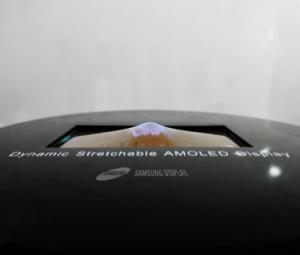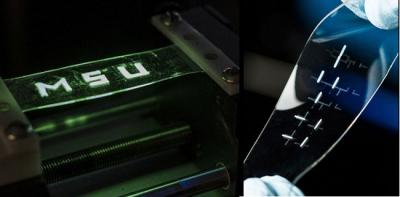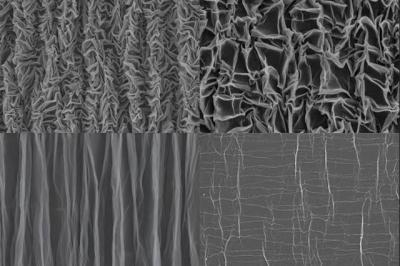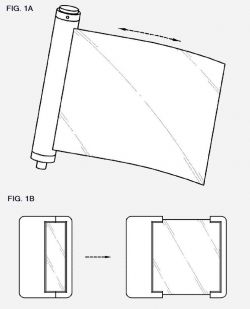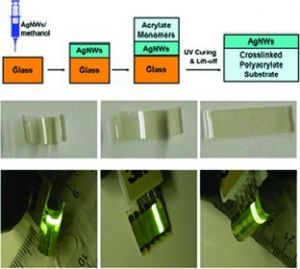KAIST researchers developed a stress-relief substrate for stretchable OLED displays
Korea's KAIST institute researchers developed a new stress-relief substrate that is suitable for the creation of stretchable OLEDs that can maintain their performance under high-strain deformation.
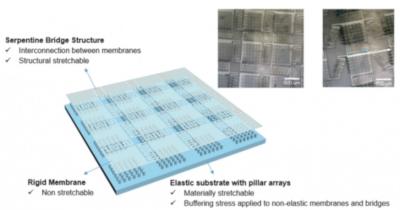
The researchers say that the new stress-relief substrates have a unique structure and is made from a patterned "upper substrate" with bridges on top of pillars that decentralize the stress on the device.


